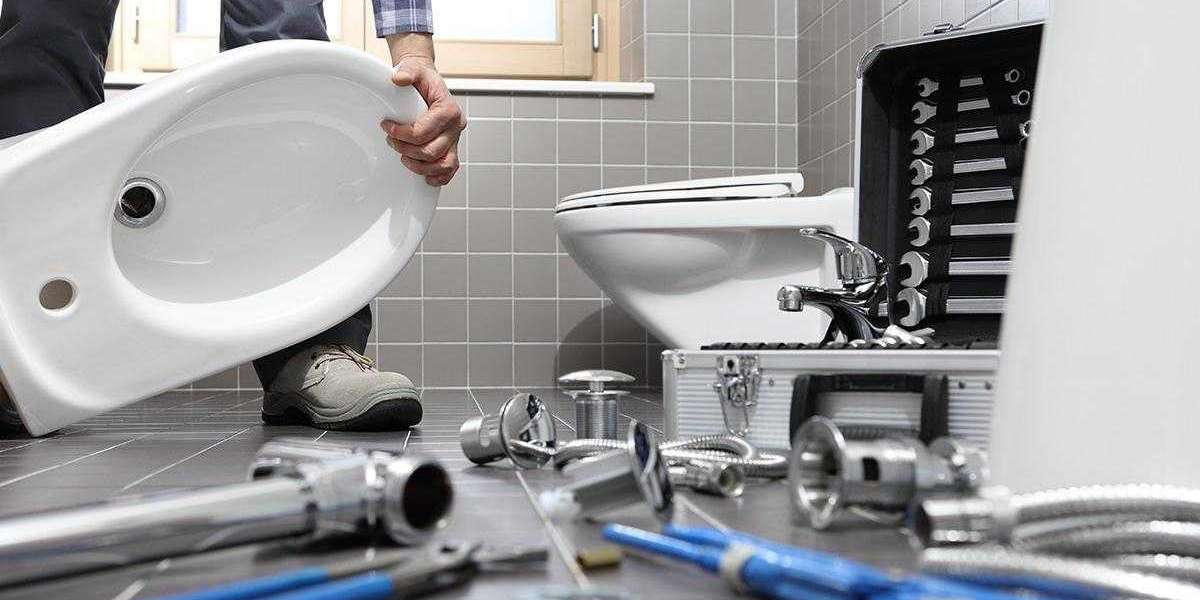In the realm of modern lighting technology, DALI controllers have emerged as pivotal components that facilitate sophisticated lighting control systems. The Digital Addressable Lighting Interface (DALI) protocol has revolutionised the way we manage and optimise lighting in various environments, from commercial spaces to residential settings.

DALI Controllers: A Brief Overview
DALI controllers serve as the brain of a lighting system, allowing users to communicate with individual light fixtures. This communication enables precise control over lighting levels, colour temperatures, and even the scheduling of lighting events. But how did we arrive at this advanced state of lighting control?
The Historical Context of DALI Controllers
The journey of DALI controllers began in the late 1990s when the need for a standardised lighting control protocol became evident. Prior to DALI, lighting systems were often incompatible, leading to inefficiencies and increased costs. The introduction of DALI provided a solution that not only addressed these issues but also offered enhanced flexibility and scalability.
- Standardisation of lighting control
- Improved compatibility across devices
- Enhanced energy efficiency
Key Features of DALI Controllers
Today, DALI controllers are equipped with numerous features that enhance their functionality:
- Addressability: Each light fixture can be individually addressed, allowing for tailored control.
- Two-way communication: DALI supports feedback from fixtures, enabling real-time monitoring.
- Scalability: Systems can be easily expanded by adding more fixtures without significant reconfiguration.
Advanced Lighting Solutions with DALI Controllers
As technology has progressed, so too have the applications of DALI controllers. They now play a crucial role in creating advanced lighting solutions that cater to various needs. For instance, in smart buildings, DALI controllers can integrate with building management systems to optimise energy usage and enhance user comfort.
Furthermore, the ability to programme lighting scenes and schedules means that DALI controllers can significantly improve the ambience of a space. This adaptability is particularly beneficial in environments such as theatres, galleries, and offices, where lighting requirements can vary dramatically.
Future Trends in DALI Technology
Looking ahead, the future of DALI controllers appears promising. With the rise of IoT (Internet of Things) technologies, we can expect even greater integration of DALI systems with other smart devices. This convergence will likely lead to more intuitive and responsive lighting solutions that enhance user experience.
For those interested in delving deeper into the technical aspects and applications of DALI controllers, further information can be found at .
Conclusion
In conclusion, DALI controllers have evolved from basic compliance tools to sophisticated devices that offer advanced lighting solutions. Their ability to provide precise control and integration with modern technologies makes them indispensable in today’s lighting landscape. As we continue to innovate, the role of dali controllers will undoubtedly expand, paving the way for smarter, more efficient lighting systems.






